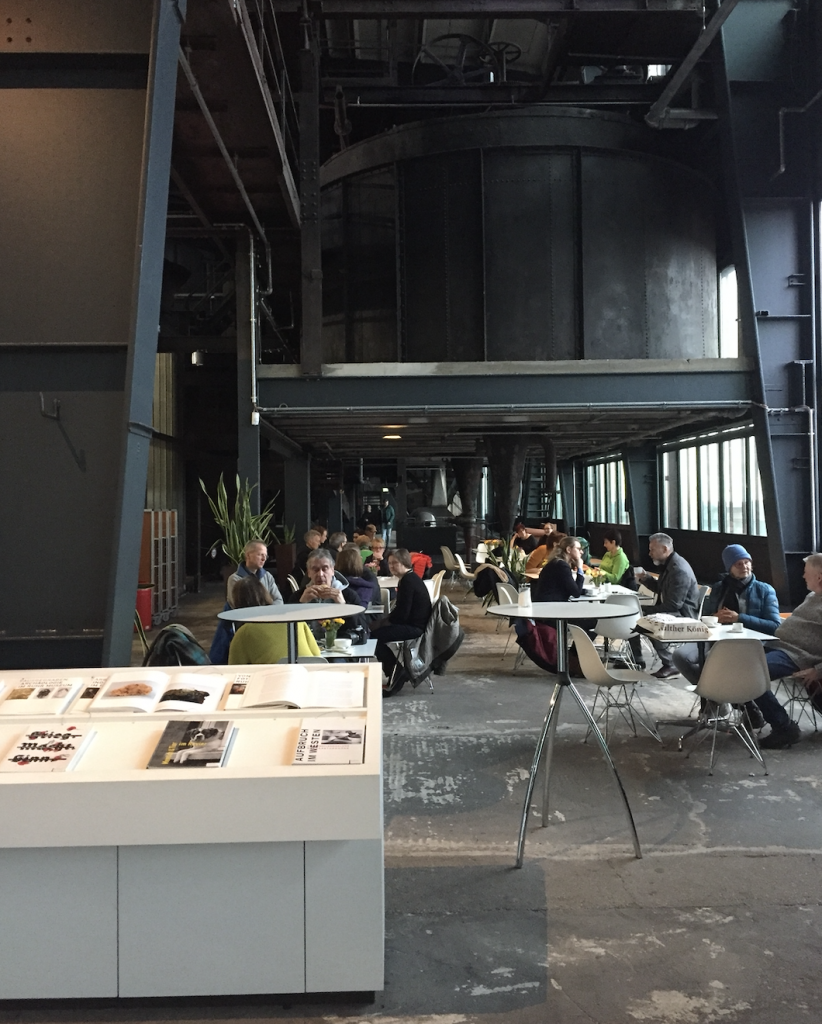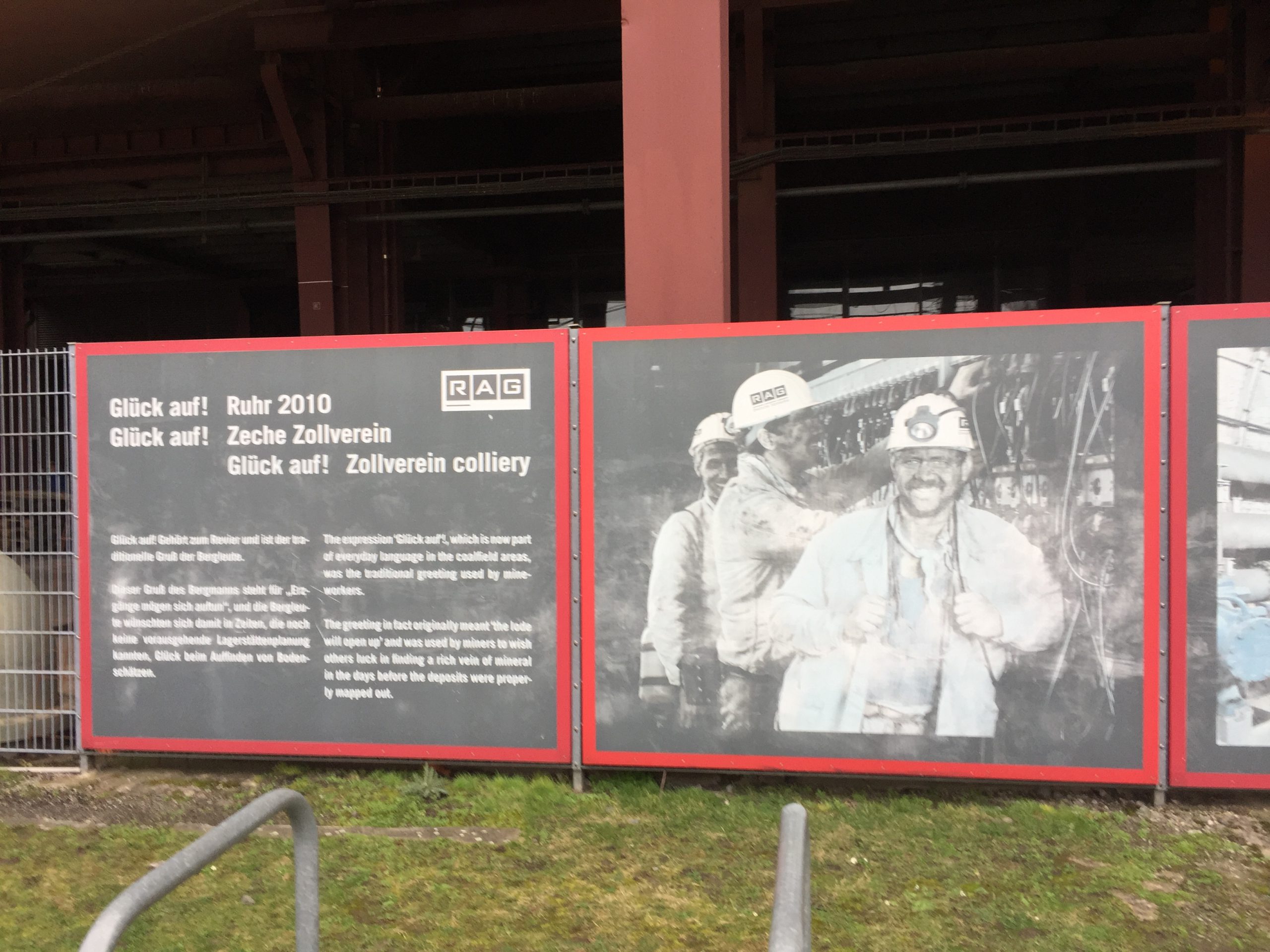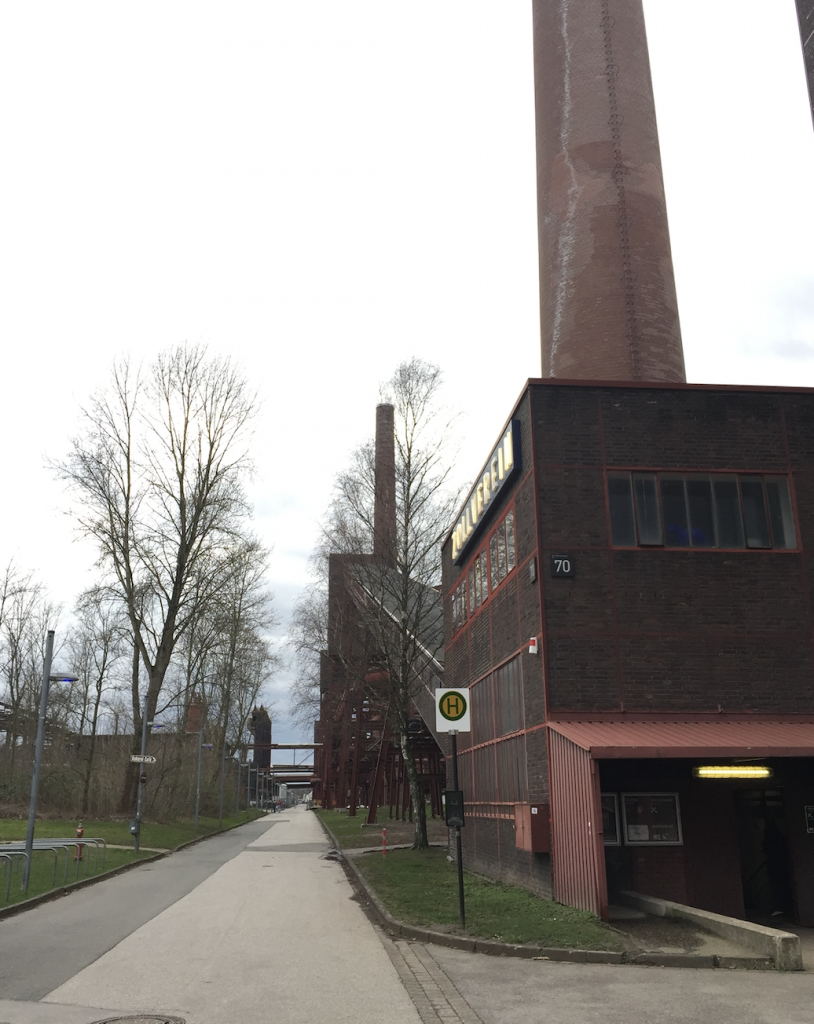ACLC IN GERMANY: Coal Transitions Abroad
This week our Coordinator of Policy and Organizing, Rebecca Shelton, is in Germany learning about the policies and programs that have been put in place by the government to support communities where the coal industry is phasing out.
Rebecca describes her experience in the Ruhr region below.
– – – – –
Today I visited the Ruhr region of Germany. The Ruhr region was the heart of German coal and steel production. In the 1960s, the prices for coal dropped and to sustain the industry and preserve valuable jobs, the German government began to subsidize coal production. However, in 2007, the cost to the government became too much to sustain and the coal companies were scheduled to close in 2018. The last coal mine closed in December 2018. The local, state, and federal governments invested funds and energy into planning a future for the region without coal. It has not been a difficult change, but as part of the transition they have been investing in preserving the cultural heritage of the area to remember the hard work that so many men and women did in order to fuel a nation.
The photos below are of a coal plant that closed in 1986. They claim it was the biggest coal mine in the world at one time and that it is now the most beautiful. It took many years, but it has been transformed into a site with event spaces, restaurants, businesses, museums, a hotel, and is also a park. Approximately 500,000 visitors pay to tour it each year and 1.5 million total people visit the site. Are there any old coal buildings or sites in Kentucky that could be renovated in order to reuse them for something else?
Also, one major difference that you might notice in the photos is that these coal mines are in the middle of a city! That makes the Ruhr region just a little different than where we live…





Recent Comments